
The Ultimate Gift-Giving Guide: How to Choose Gifts Like an Expert
Discover the strategy behind gift-giving and learn how to choose thoughtful, practical, and meaningful gifts
Jewelry has the power to transform your entire look — but only if you know how to wear it right. Why does a necklace clash with your jacket? Why do some earrings make your face look wider? This jewelry styling guide will help you avoid common mistakes and find pieces that truly flatter you. Whether you’re dressing for work, travel, or a glamorous night out, this guide offers practical styling tips for every scenario. Let’s learn how to choose jewelry to match your outfit, face shape, and even skin tone, and turn every accessory into a personal style statement.
Before you can style your jewelry confidently, you need to recognize what kind of design you’re working with.
Straight lines and sharp edges: Jewelry with defined angles and structured lines gives off a bold, modern, and clean look.
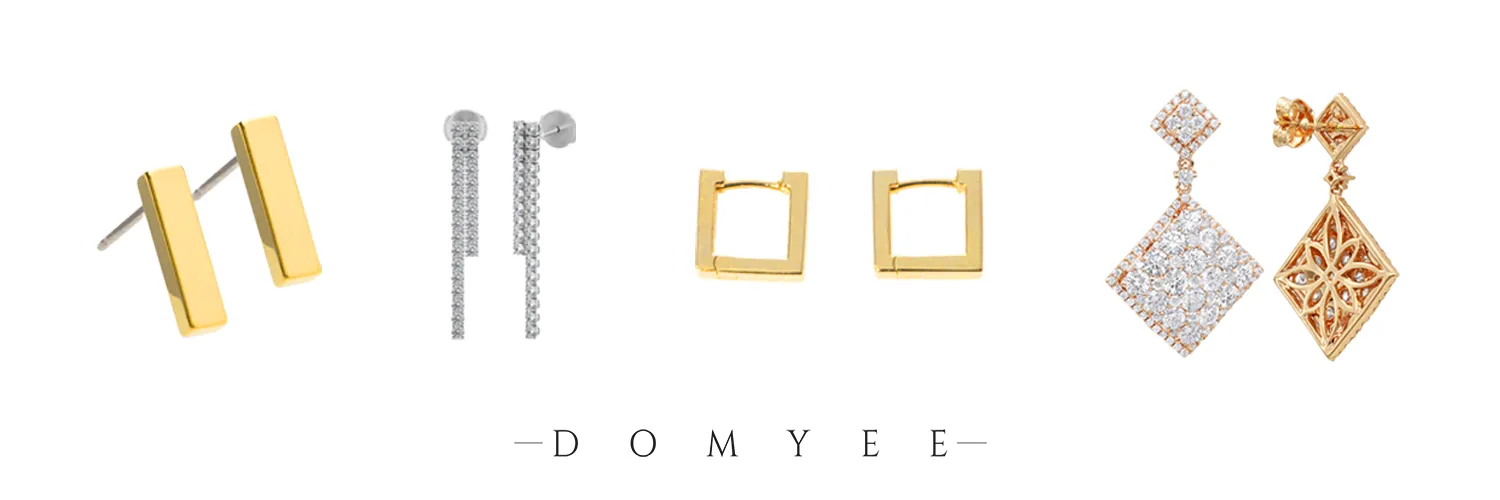
Rounded shapes and curves: These pieces feel soft and elegant, creating a more delicate aesthetic.

Jewelry with different designs will have its visual focal point, making it immediately noticeable. For example, a necklace with a sparkling gemstone pendant, or for earrings with different structures, the visual focal point may vary. Its visual focal point can affect the harmony of our facial features.
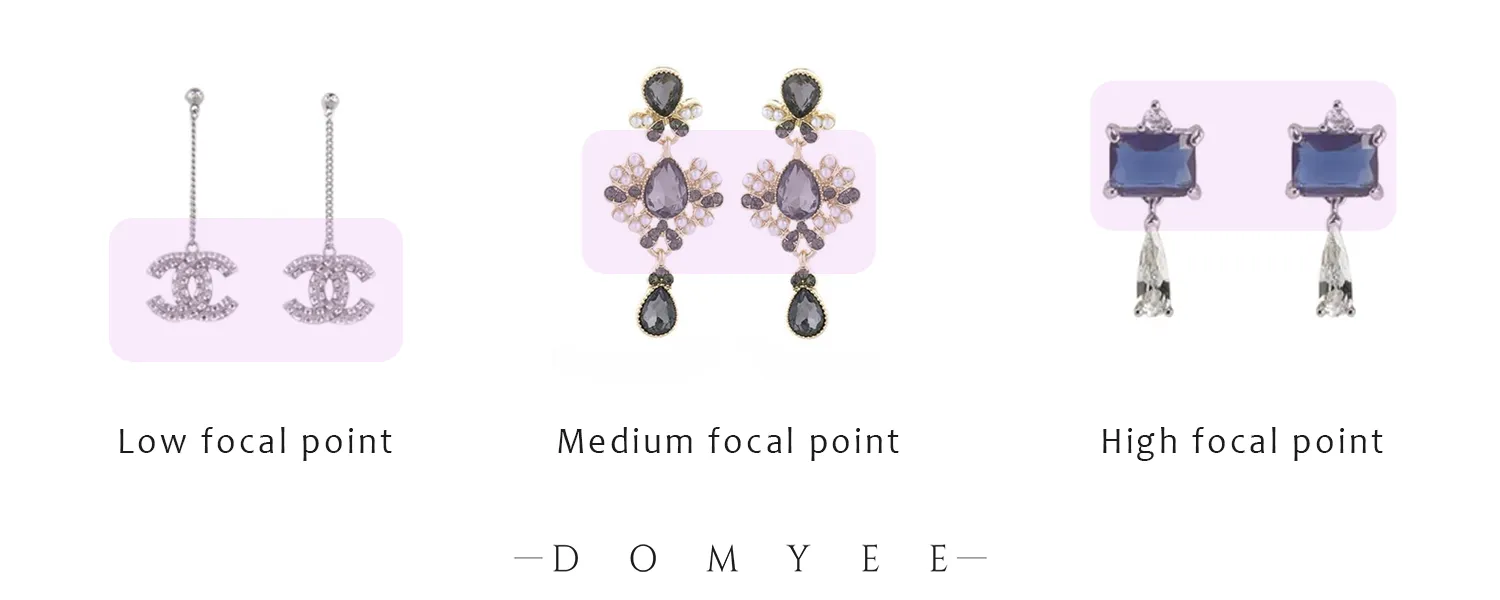
Jewelry’s visual presence represents how bold or subtle it looks—it depends on factors like color, size, and thickness. Brighter colors, larger sizes, and chunkier designs create a strong visual impact. Smaller, finer, and more muted pieces create a softer presence.
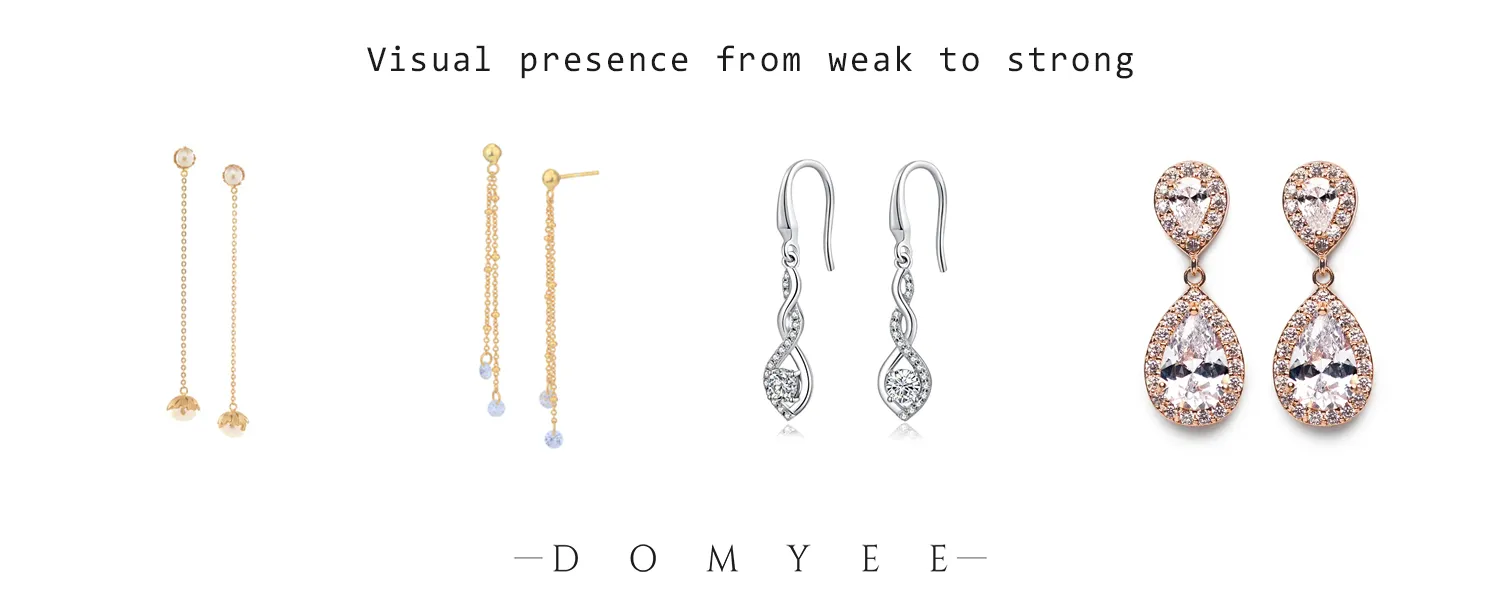
In daily life, we usually choose our clothes first, then pick jewelry to match. So the first thing to decide is, which one is the star — the outfit or the jewelry?

In professional settings, it’s best to keep your jewelry refined and understated. Think polished but not flashy — a look that adds elegance without drawing too much attention. Gold, silver, pearls, or small diamonds work well.
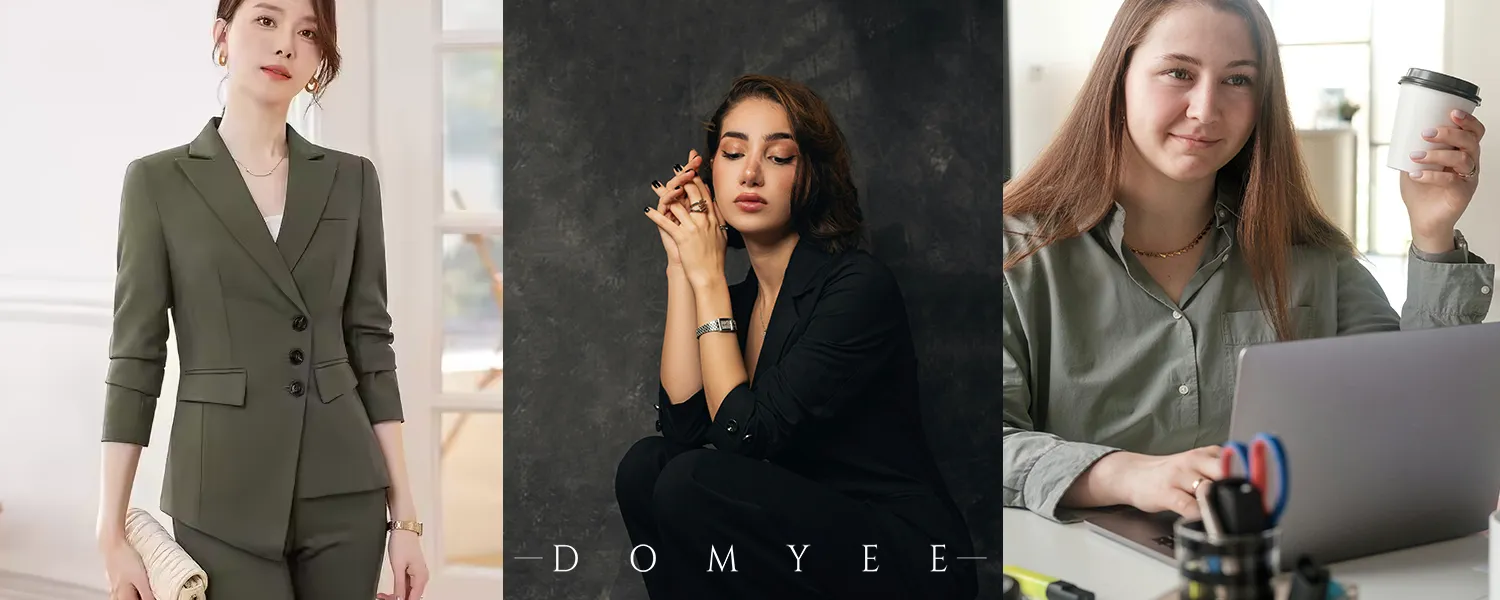
When you’re short on time or dressing for a relaxed day, keep things simple but stylish. A single personalized piece or a colorful gemstone can add just the right amount of personality. Let other areas, like your ears or hands, remain bare for balance.
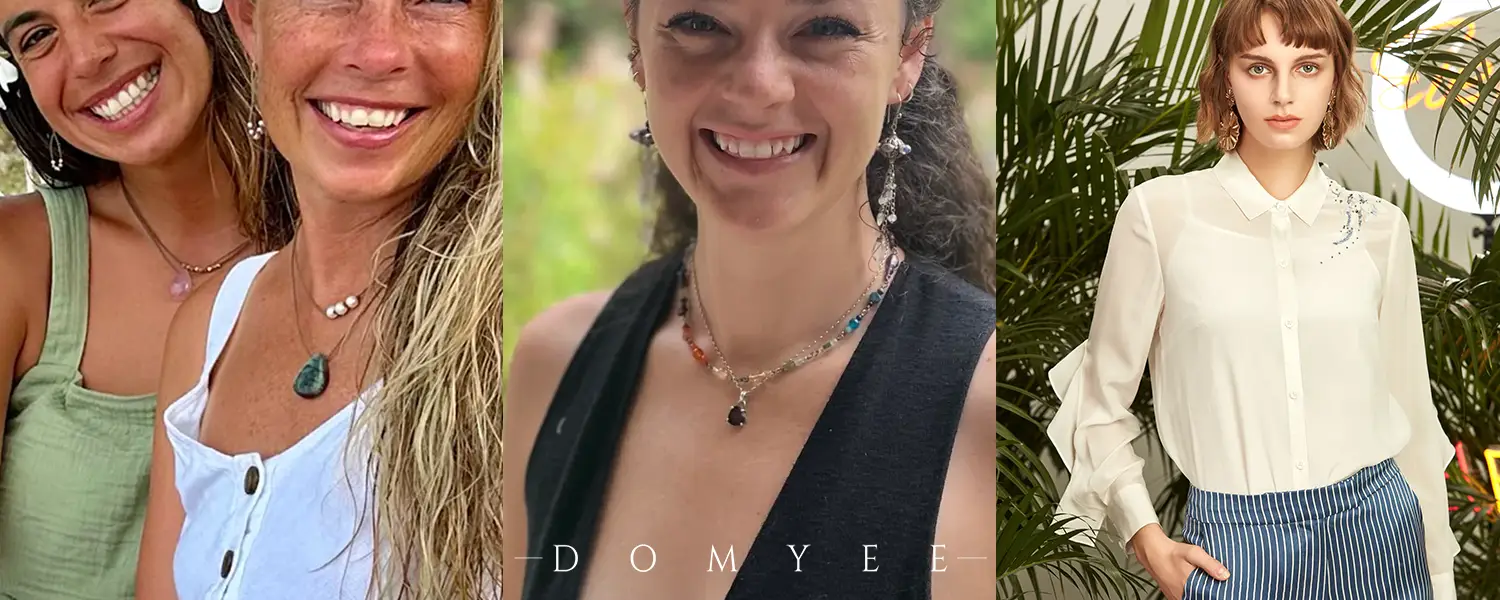
For special occasions, go bold. This is your chance to highlight luxury and attention to detail. Choose gemstones like diamonds, sapphires, or emeralds, and mix them with shiny metals to elevate your look.
Style tips: Match your jewelry color to your outfit. Black dresses pair beautifully with diamonds. Bright-colored dresses shine with matching gemstones. Keep the overall look elegant and cohesive — your jewelry should enhance, not overpower.
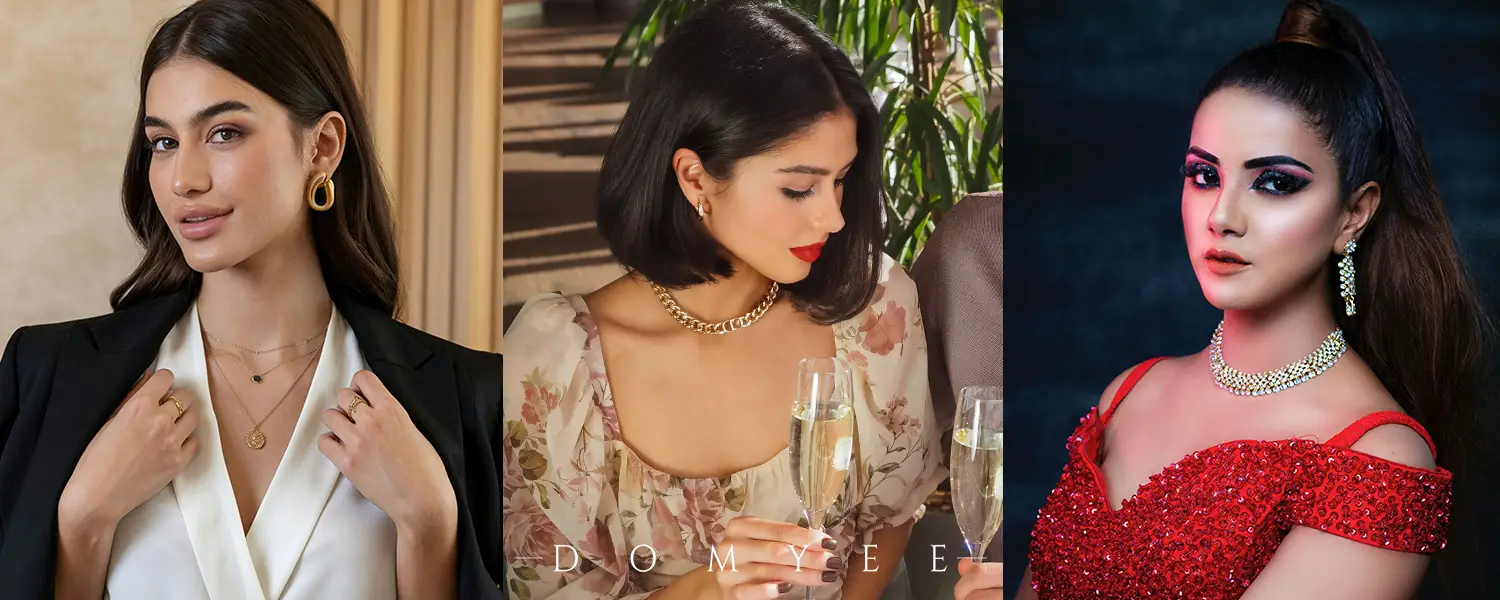
Parties are all about fun, so feel free to get creative. This is the perfect time to wear bold, quirky, or artistic pieces. Mix materials like resin, plastic, or braided cords with your metal or gemstone pieces. You can even experiment with cartoon, unique cultural, or themed styles — anything that expresses your personality works here.

When you’re on the move or spending time outdoors, comfort and practicality come first.
Bonus tips: Waterproof jewelry is perfect for travel. It resists sweat and water, and it’s budget-friendly — so you won’t stress if something goes missing. Avoid wearing bulky jewelry on your hands if your job involves a lot of physical work, as this can lead to damage. Stick to waterproof earrings or necklaces that can handle sweat without rusting.

Your face is the focal point of your entire look. The right earrings can enhance your features, while the wrong ones might highlight things you’d rather not.

Often considered the ideal shape in both Eastern and Western beauty standards, the oval face is balanced and versatile.
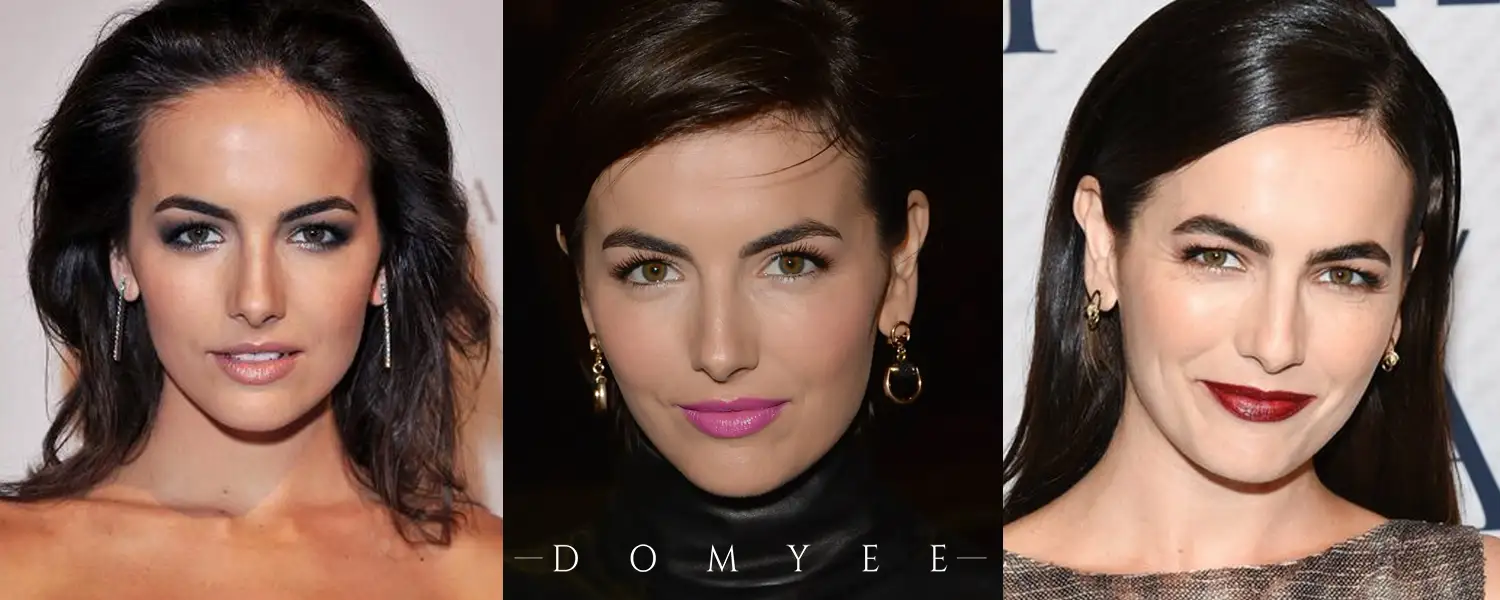

If your face is more circular with softer curves, avoid earrings that echo that same roundness — it can make the face appear wider.
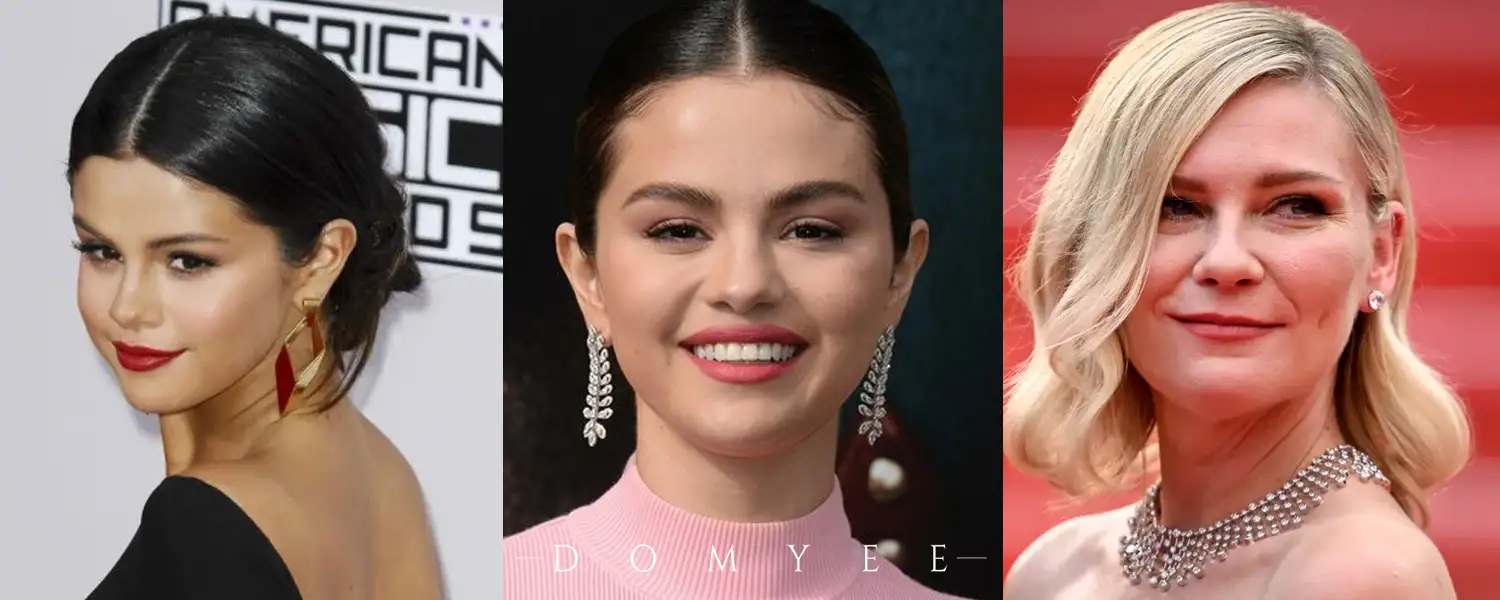



With a face that’s longer than it is wide, the aim is to create width and avoid exaggerating the length.
Ideal earrings: Studs or short dangles that sit closer to the ear.
Avoid: Long, narrow drop earrings that stretch the face further.
Guideline: Keep the earring length shorter than halfway between your earlobe and chin.
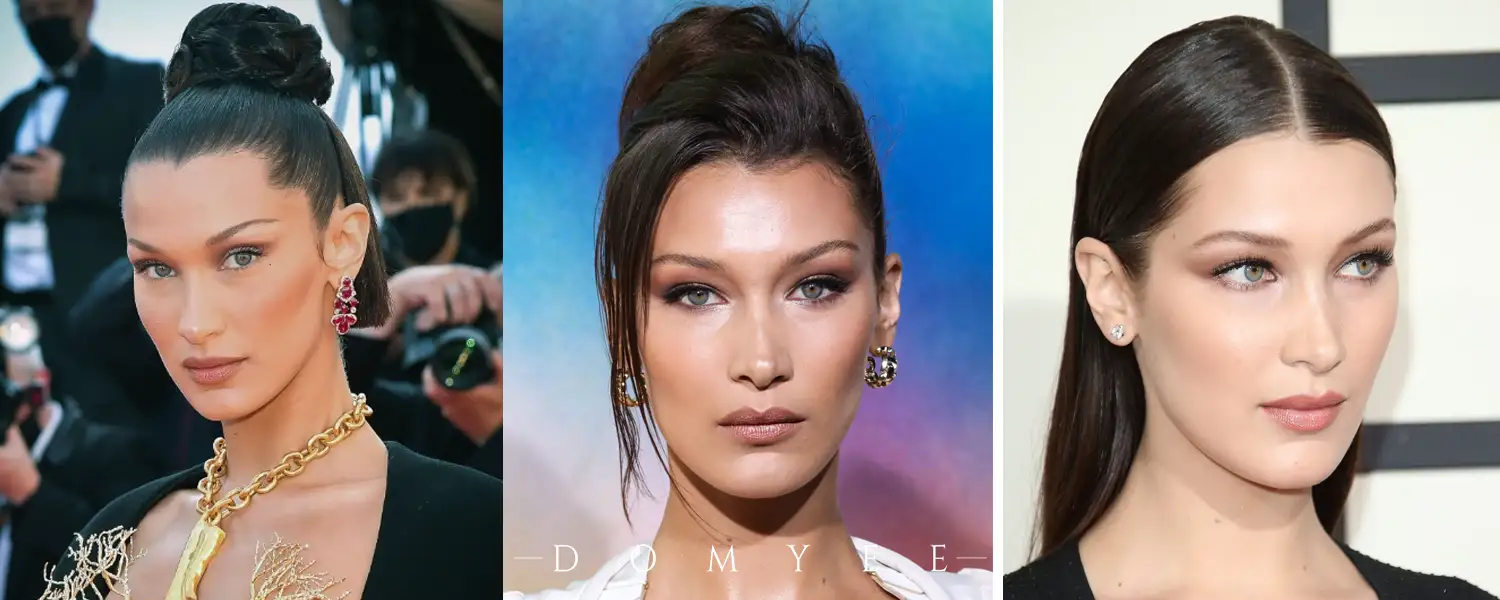

If you have a short face, your cheeks are relatively short, and the distance from your earlobe to your chin is also short. When you wear earrings, the visual center tends to sink to your chin. You need to move the visual focus upwards or create a visual effect that elongates your face.
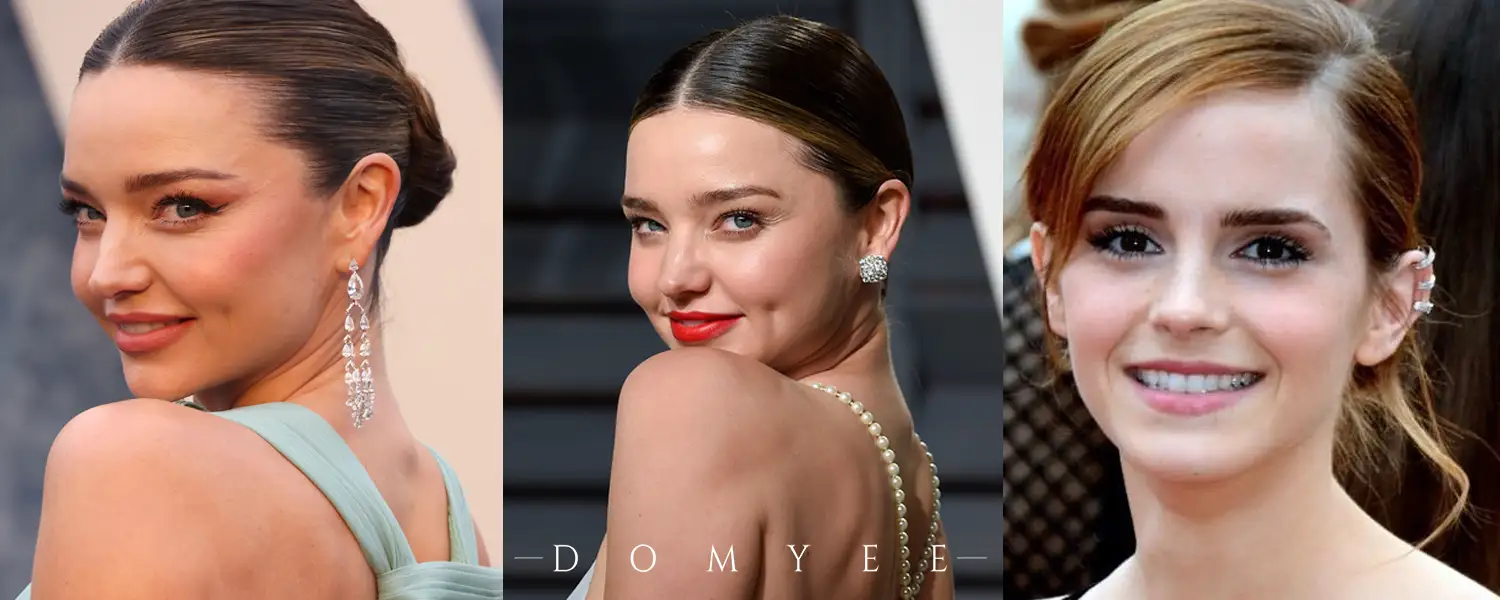

With a narrow forehead and chin but wide cheekbones, diamond-shaped faces draw attention to the center.

If you can’t remember all of this, just remember the following key points:
Skin undertone plays an important role in how jewelry looks on you. It can affect your makeup choices, outfit colors, and especially how well your jewelry complements your overall appearance. Even in the same family, skin undertones may vary. That’s why Domyee will share with you some tips about how to match jewelry to your skin undertone.
Here are a few simple ways to determine if your undertone is warm, cool, or neutral:
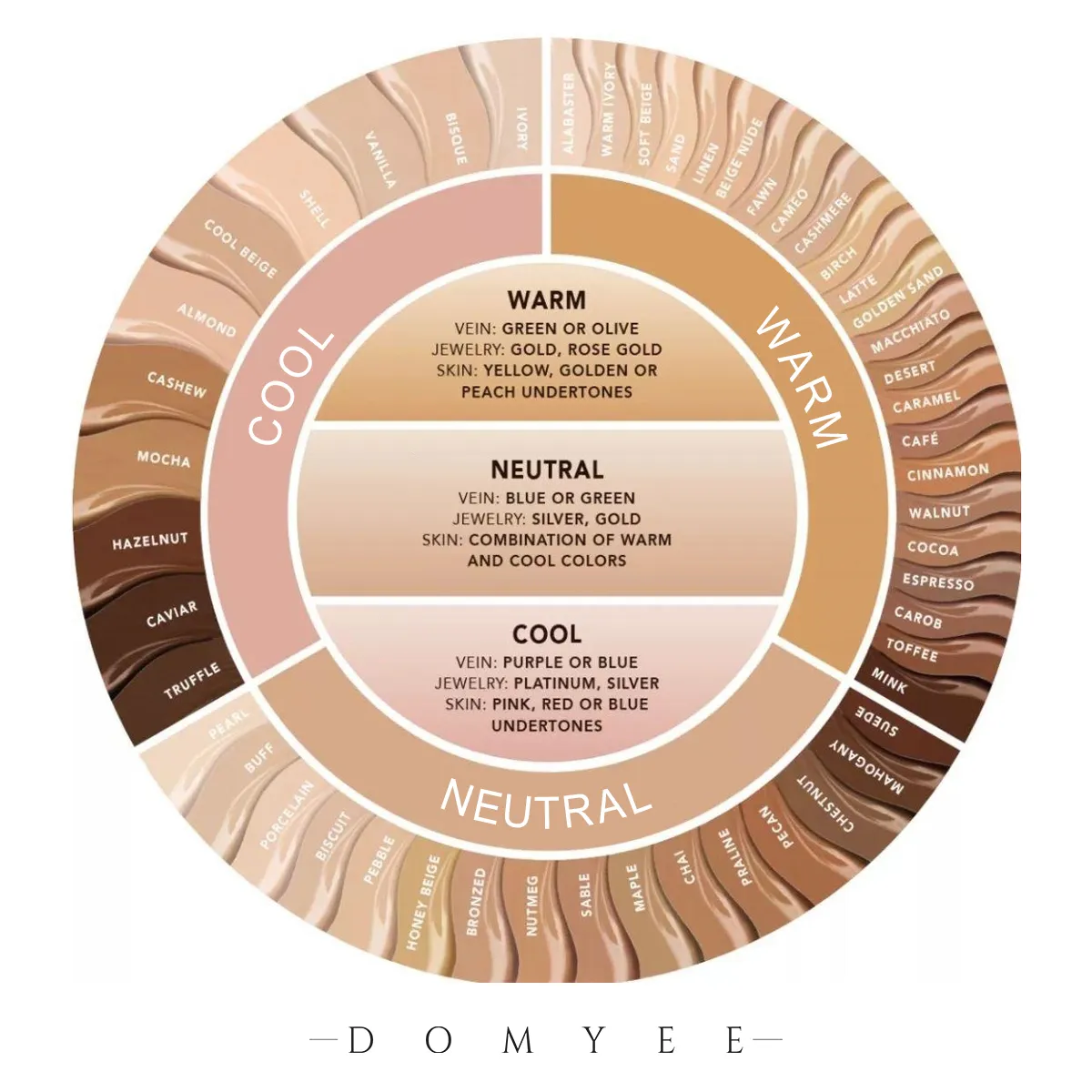
According to these conclusions, you can also try this method: hold a piece of silver and a piece of gold jewelry against your skin. Whichever looks more natural is the better fit. If both seem equally flattering, your tone is likely neutral.
Of course, all of this is just a guideline. What matters most is that you like how you look and feel confident.
Color coordination is one of the most important parts of styling — and a detail many people overlook. It involves not just your jewelry and outfit, but also your skin tone, makeup, lipstick, foundation, hair color, and even the smallest accessories.
If you’re wearing earrings, necklaces, bracelets, and rings at the same time, try to keep the metal color consistent — all gold or all silver. This creates a more unified and refined look.
Don’t forget to check other metal elements in your outfit, such as:
Matching these with your jewelry can subtly improve the overall cohesion of your outfit.
The easiest and safest way to style jewelry is to match similar tones — what’s known as the “monochromatic rule.” But if you’re more confident in your color sense, try experimenting with:
These add visual impact and showcase a bold personal style. However, using contrasting colors effectively requires more experience with color theory.
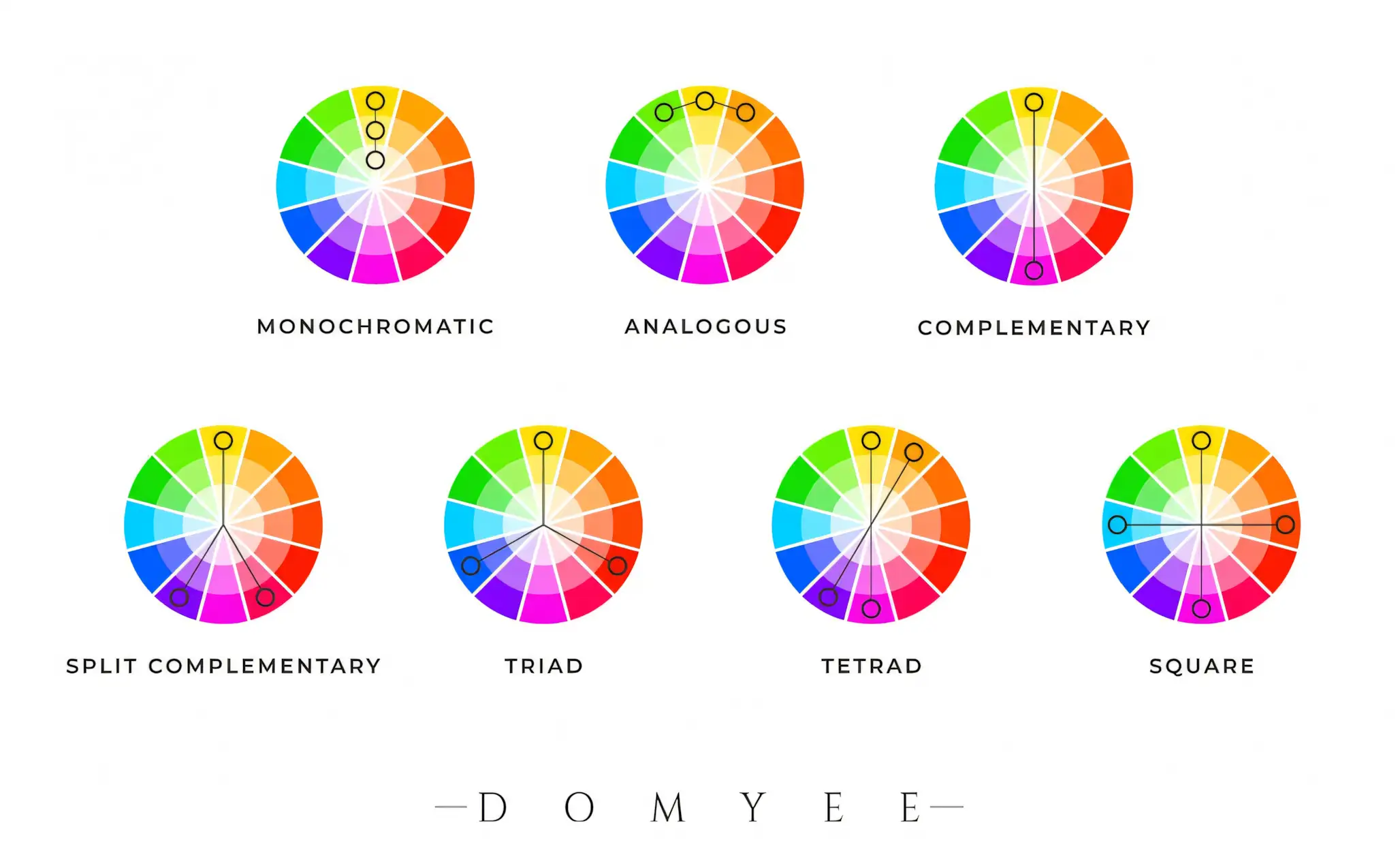
If your outfit already features bold patterns or vibrant colors, it’s best to choose jewelry that matches the dominant tone in your clothing. Keep it simple to avoid a cluttered appearance.
We’ve mentioned that jewelry should ideally match your skin undertone. But what if your clothing color doesn’t go with your skin or conflicts with your jewelry?
In general, prioritize matching your jewelry to your skin tone, especially for pieces that touch your skin directly (like necklaces and earrings). Jewelry has a more immediate visual effect on your skin than clothes do.
However, if you’re wearing heavy or layered clothing that covers most of your body, and your jewelry mostly rests on the fabric, then it’s reasonable to match jewelry with your outfit color instead.
Still, the best way is always to try things on and trust your eye. Your judgment and comfort matter most.
Besides matching jewelry to your outfit’s color, the neckline also plays a crucial role — especially when choosing necklaces. Since your necklace sits so close to your collar, its shape and length should complement your neckline for the best visual effect. Once you understand the logic behind neckline pairing, you won’t have to rely on guesswork. Keeping this in mind is crucial if you want to style jewelry like an expert.




Square necklines create a balanced space that’s similar in width and height.

This neckline is horizontal and often exposes the collarbone and shoulders. It’s more dramatic and sensual.
Best match: Short necklaces or chokers that keep the visual focus near the collarbone.
Avoid: Long pendants that fall into the neckline.
You can also be bold by choosing a long, eye-catching necklace that drops below the neckline — but commit to the contrast. Avoid pieces that sit awkwardly at the edge of the neckline.

Strapless styles are bold and bare, leaving the entire upper chest exposed. This gives you total freedom to either keep things clean or make a strong statement.

I hope these tips can help you unleash your imagination and creativity and explore styles that suit you.
Styling jewelry isn’t just about matching one piece to your outfit — it’s also about how different accessories work together. When layered thoughtfully, jewelry can add rich texture, depth, and personality to your look. Whether you’re stacking necklaces, bracelets, or rings, coordination and balance are essential.
Layering necklaces is a wonderful way to build visual interest. You can freely combine pieces of different lengths, styles, and materials:
When layering, pay attention to:
Additionally, it is crucial to ensure that the style of the elements remains unified:
In summary, the key points are to prioritize, be hierarchical, and ensure harmonious matching.
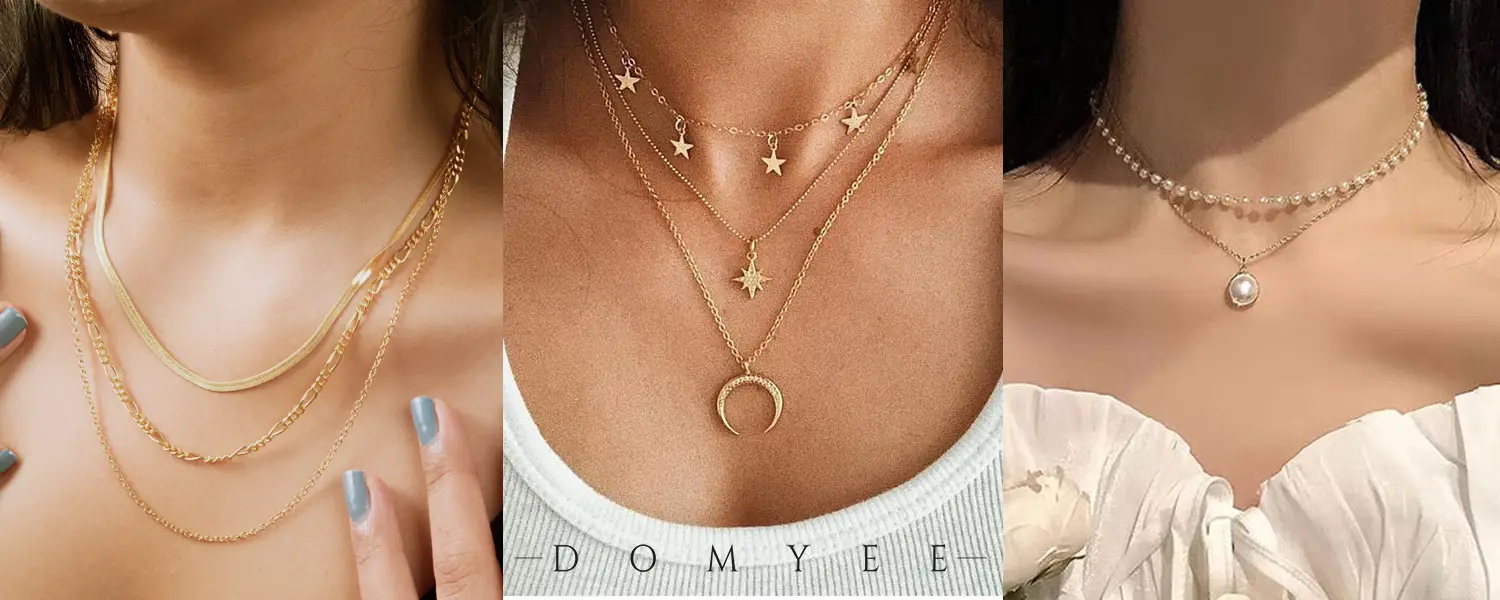
The principles of necklace layering also apply to your wrists. Bracelet stacking lets you combine materials, textures, and shapes to create a casual or elevated look.
Harmonious is your friend: Pair thick bangles with delicate chains, or mix metal cuffs with fabric or beaded elements.
Don’t overdo it: Your wrist needs room to move. Leave space between pieces so the overall look feels effortless, not crowded.
Furthermore, consider your watch. If you wear one, think of it as a central piece in the layout. Style your other bracelets to either complement or highlight the watch, not compete with it.
In addition to wearing one ring, you can also stack multiple rings and wear them on both hands.
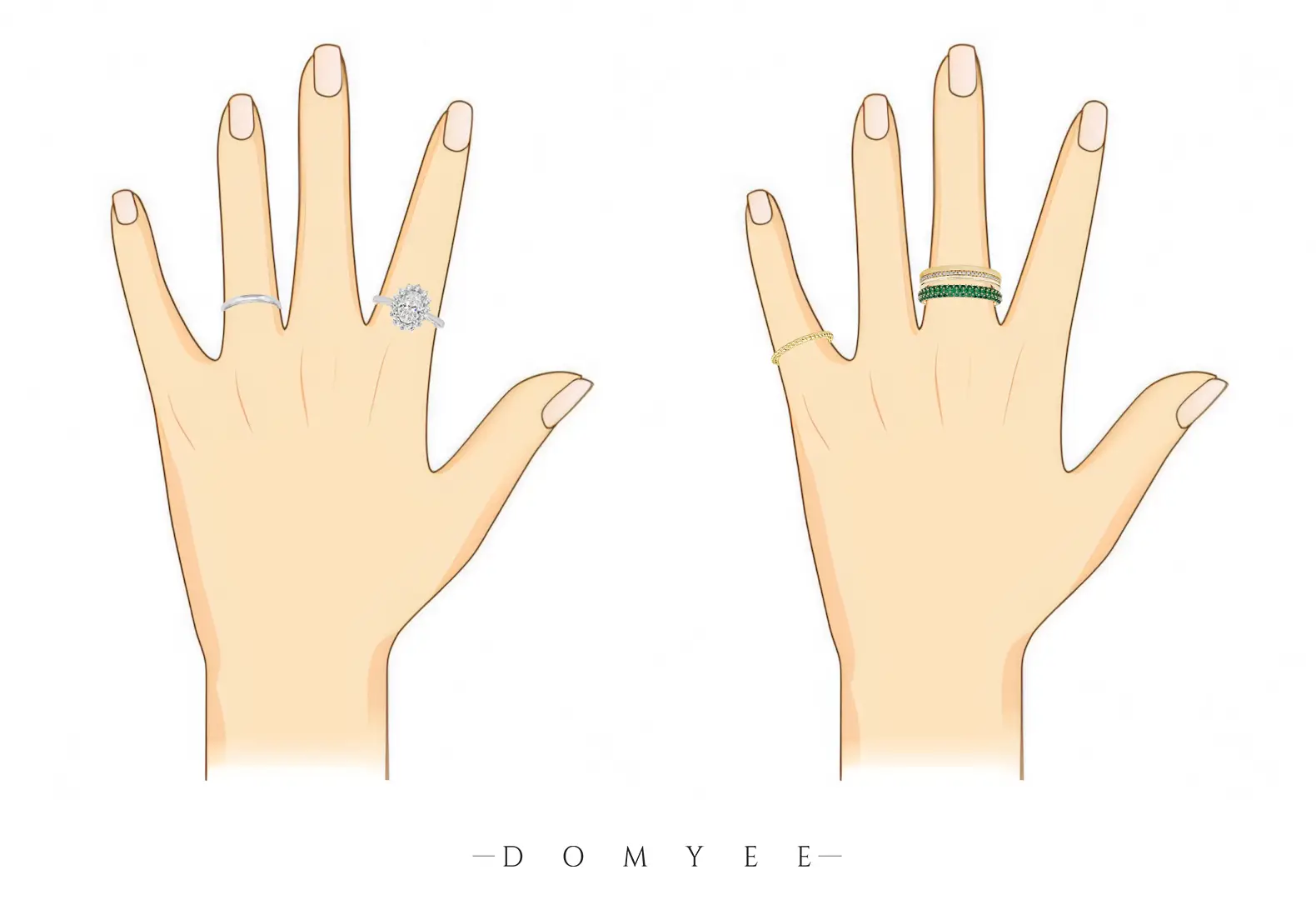
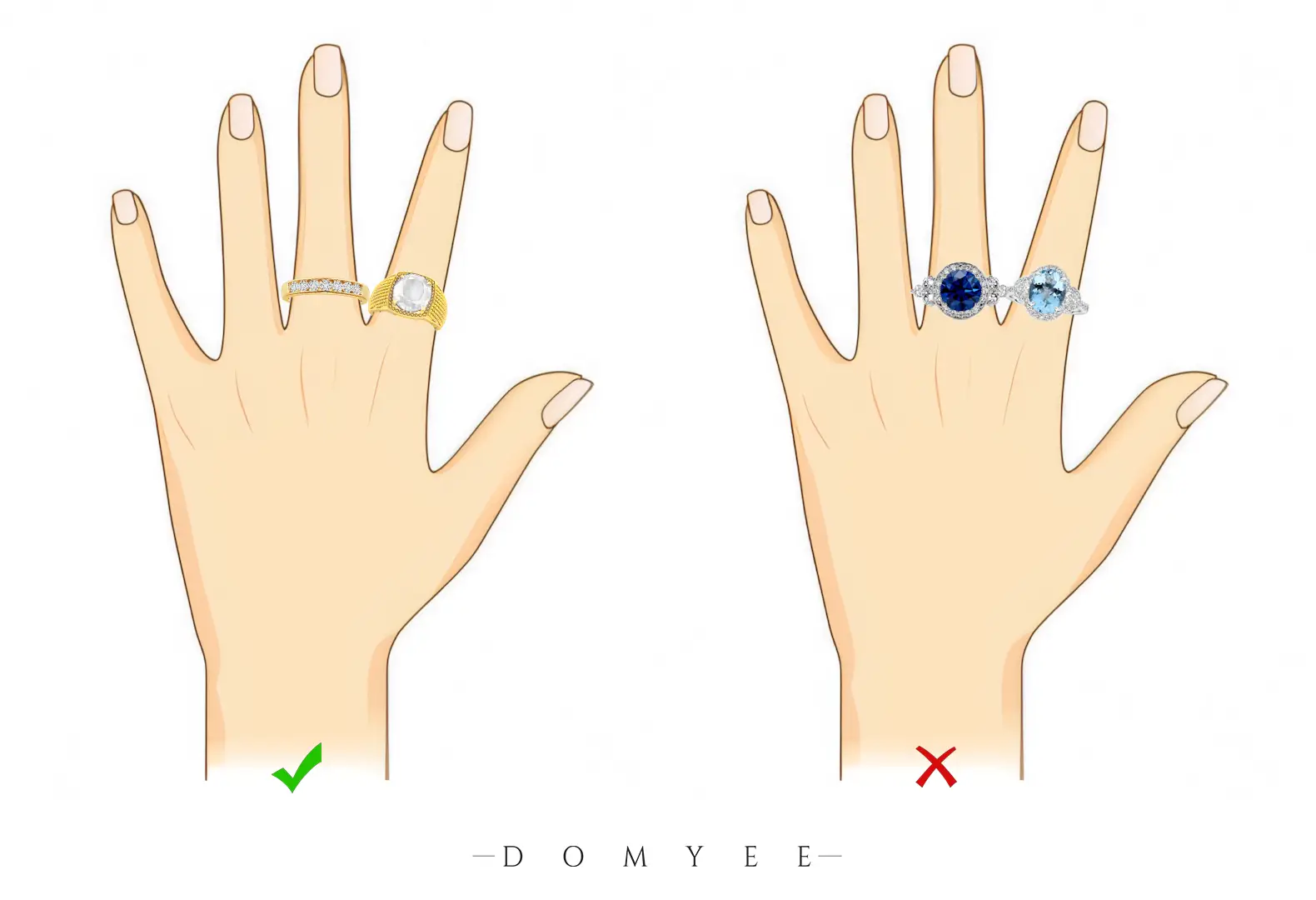
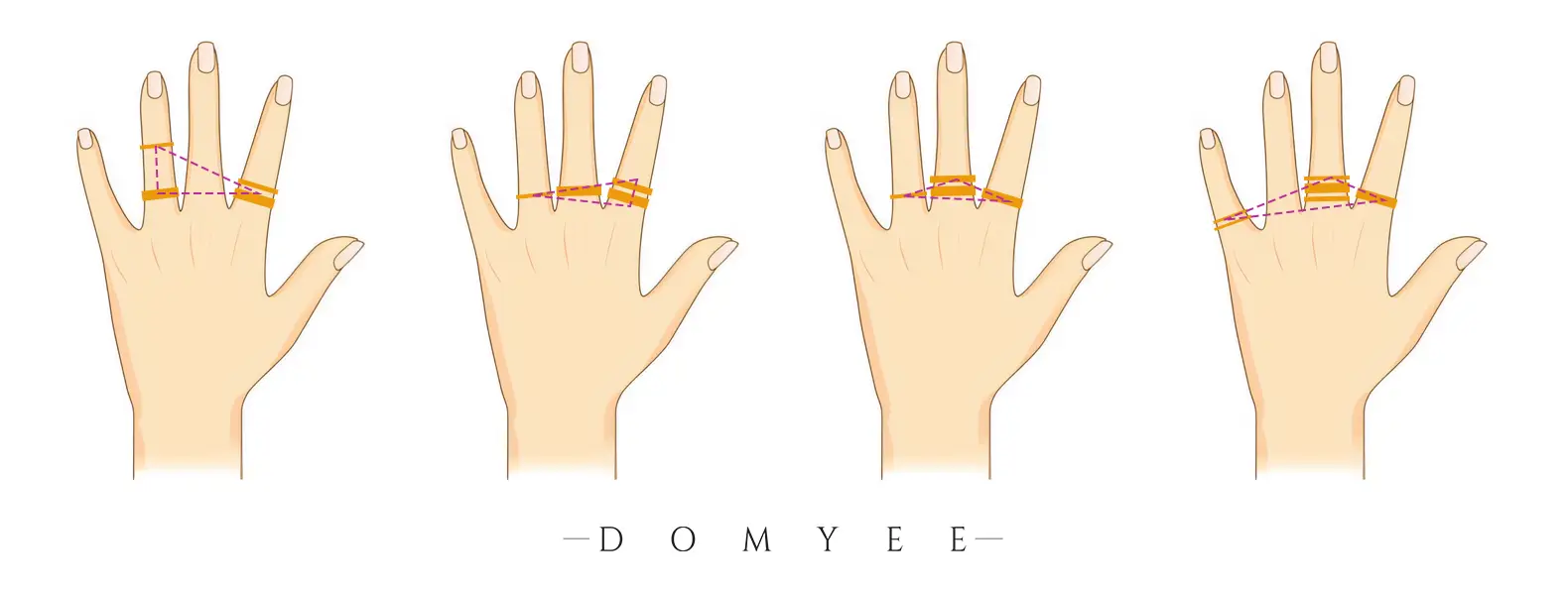

Just like your wardrobe shifts with the seasons, your jewelry should also adapt — not only in material and design but also in tone, texture, and comfort. The seasons bring different moods, temperatures, and clothing styles, and matching your jewelry to these changes can enhance your entire look. This seasonal approach brings variety and freshness to your accessory collection year-round.
Spring is full of renewal and gentle warmth. Jewelry for this season should echo that sense of lightness and growth.
Hot weather calls for breathable, sweat-resistant jewelry that won’t feel sticky or weighed down.
Autumn brings cozy fabrics, layered outfits, and earthy tones — your jewelry should reflect this richness.
Winter wardrobes often lean toward heavier fabrics and darker tones. Your jewelry should complement this visual weight and create a striking impression.
Year-Round Strategy: By adjusting your jewelry choices with the seasons, you match your outfits more naturally and express a deeper sense of style and awareness. Jewelry isn’t just an accessory — it’s a way to echo the world around you. Whether you’re channeling springtime softness or winter sophistication, building seasonal variation into your styling approach makes your collection more versatile and expressive.
This collection of jewelry tips was created to help you better understand how to choose and style your accessories. While we’ve included a lot of information to make it as thorough as possible, don’t feel pressured to memorize everything. Even if you retain just a few essential concepts, you’ll already have a competitive advantage:
Less is more. Jewelry should enhance your outfit, not overwhelm it. Don’t layer every piece you own — you’re going for elegance, not a Christmas tree covered in ornaments.
Focus on what matters. First, decide whether your outfit or your jewelry is the star. Once that’s clear, highlight just one area — maybe your ears or neckline — and keep everything else simple. For example, if you’re wearing bold statement earrings, skip the necklace. If your necklace is eye-catching, go with minimal studs.
Balance is everything. If one aspect stands out, use contrast to bring it into harmony. (Unless your goal is a strong, bold style—which is fine for special occasions but harder to manage daily.) For instance, long faces pair well with short earrings; short faces can wear long earrings. Round faces suit angular pieces, while square faces look excellent with soft, curved designs. If your outfit is full of prints or texture, keep the jewelry sleek and subtle.
Most importantly, wear what you love. There are no rigid rules in jewelry styling. Everyone’s taste is unique, and personal style should always come first. The more you experiment, the more confident and expressive your combinations will become.
We hope this jewelry styling guide has been a helpful reference — even if just in small ways. May it inspire you to embrace your personal style, confidently choosing the right pieces to elevate every look. And if you found this guide useful, feel free to bookmark or share it. The author will continue to update and improve this resource over time through learning and feedback.
Thank you for reading and for being here!

Discover the strategy behind gift-giving and learn how to choose thoughtful, practical, and meaningful gifts
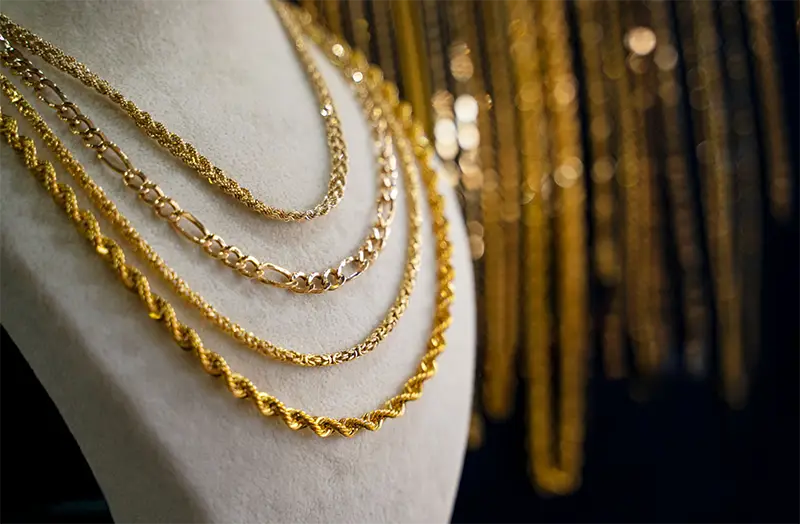
Curious about waterproof jewelry? Discover what it is, how it works, the pros and cons,
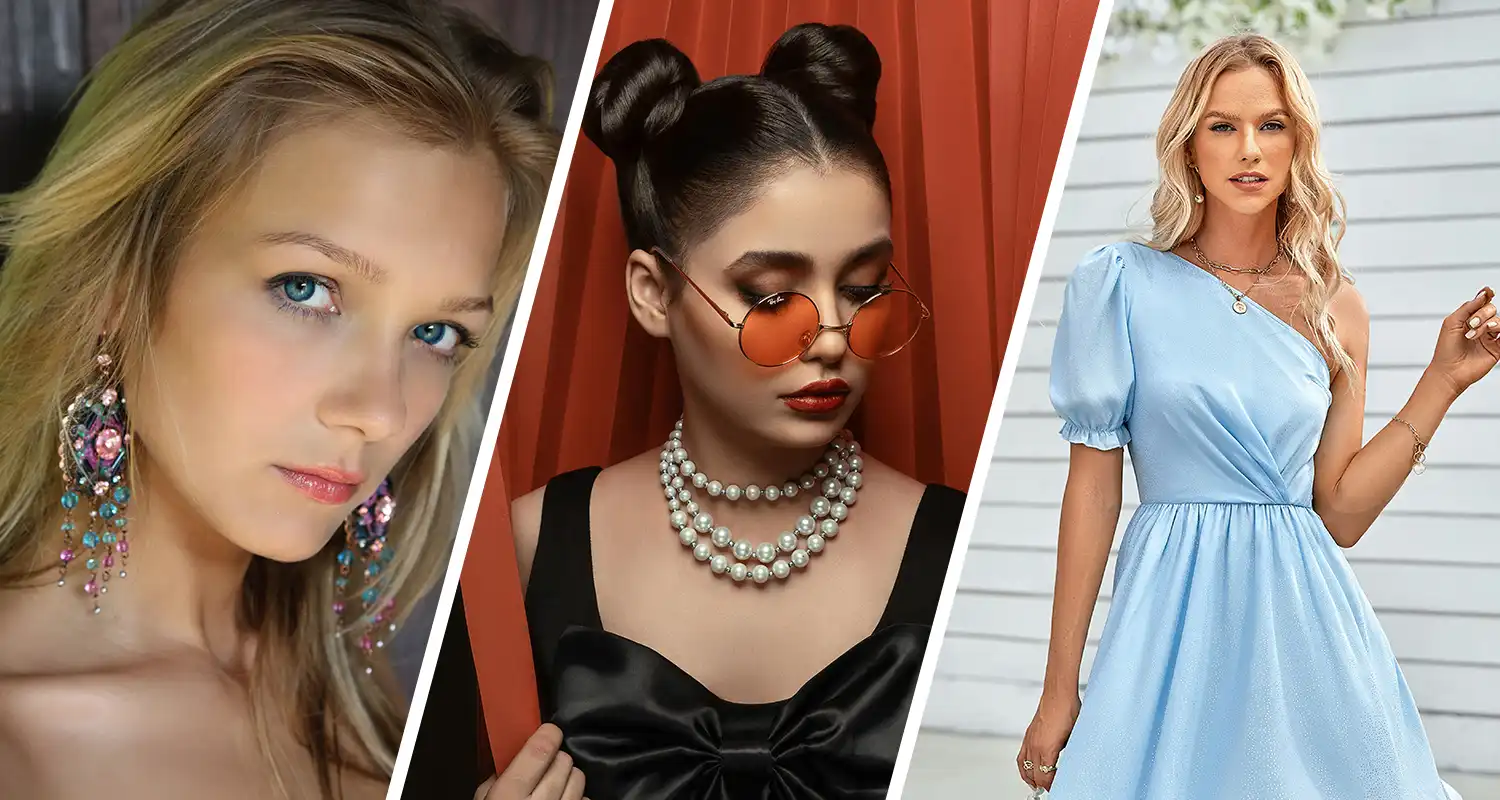
Discover how to choose and style jewelry by face shape, outfit, and occasion in this
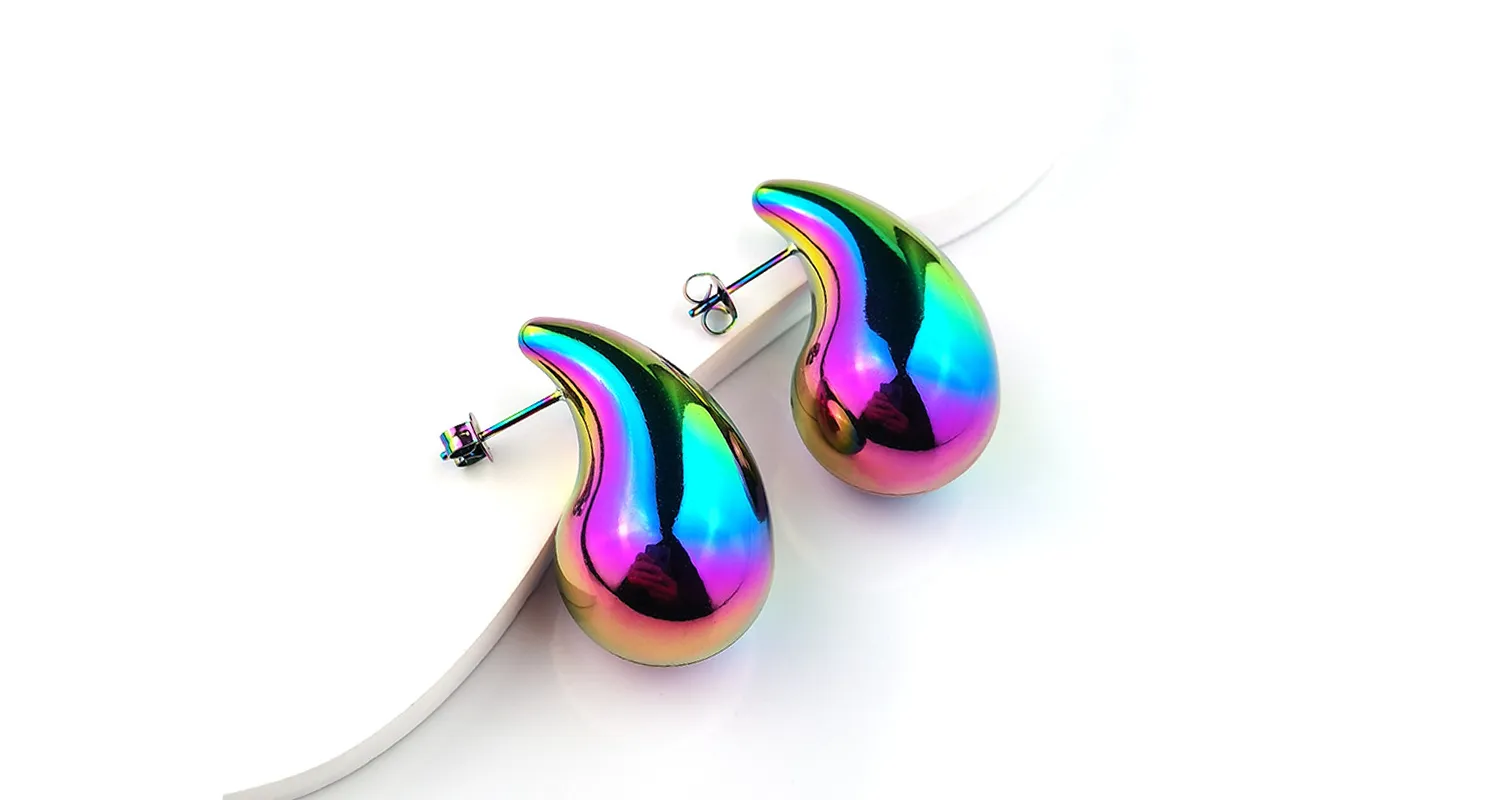
Discover how PVD jewelry offers durable, waterproof, and tarnish-resistant finishes that last longer than traditional
To better enjoy your shopping experience at Domyee, please review and agree to our Privacy Policy and Terms and Conditions.